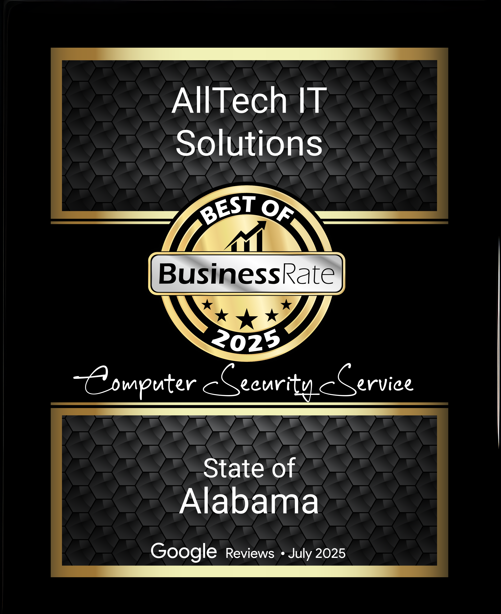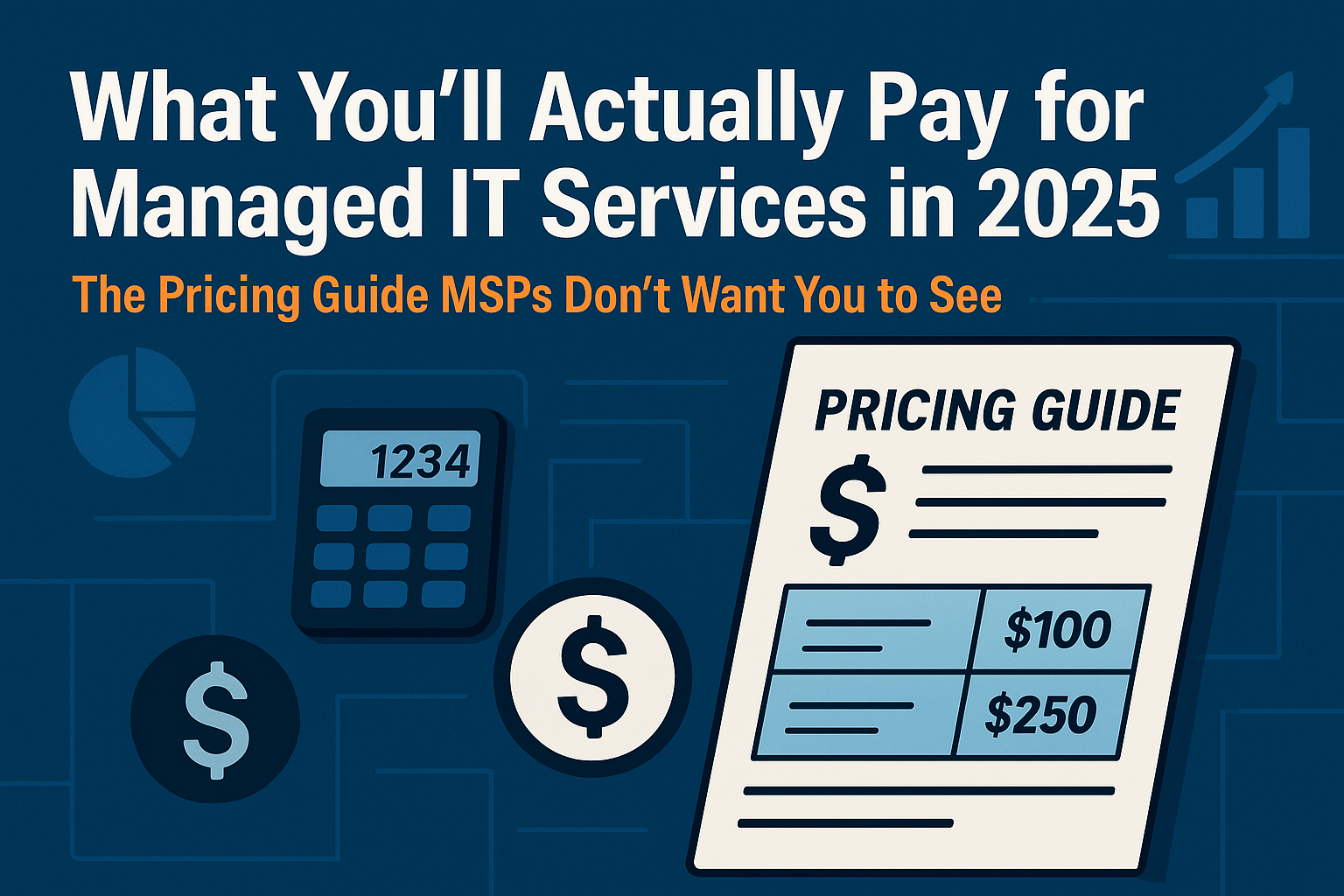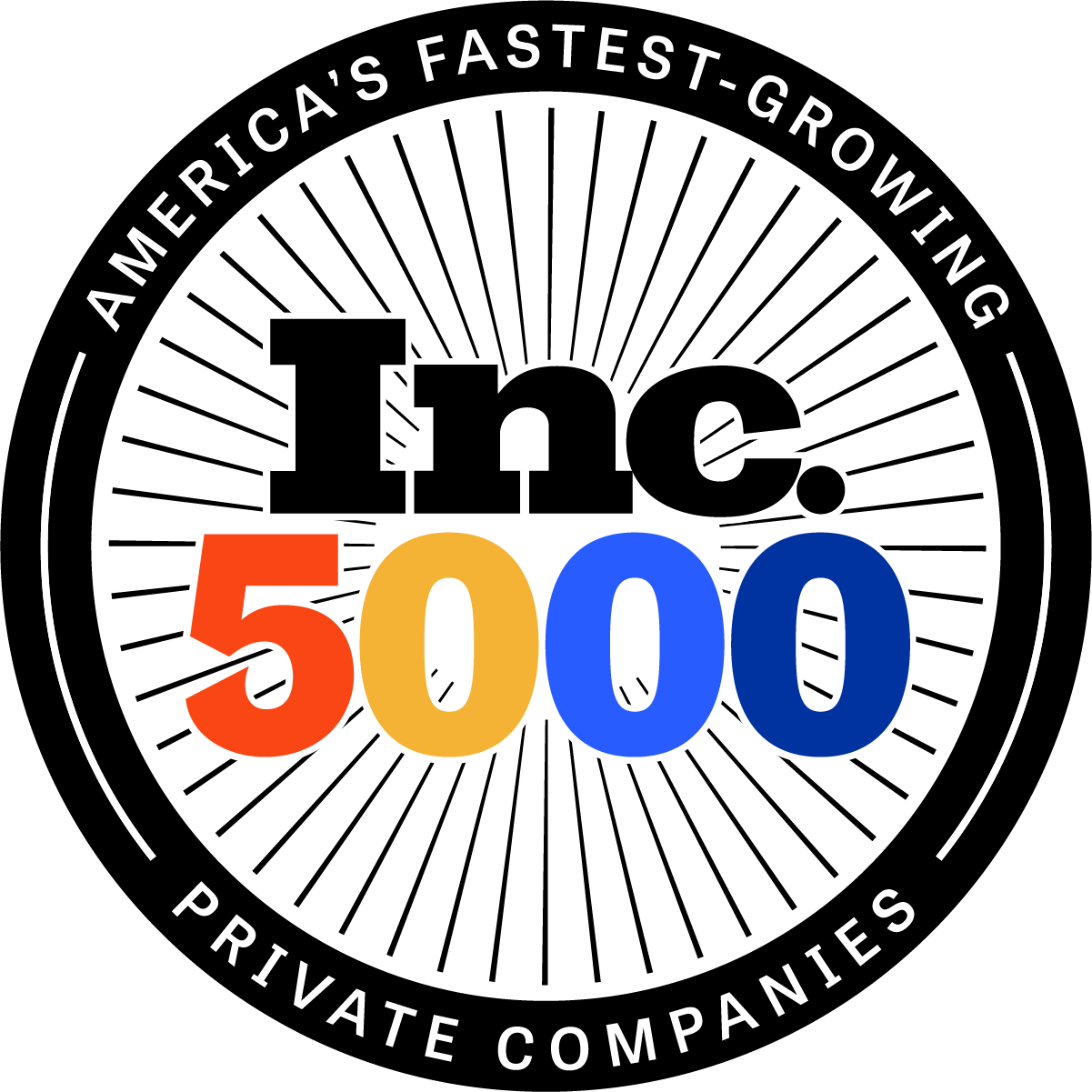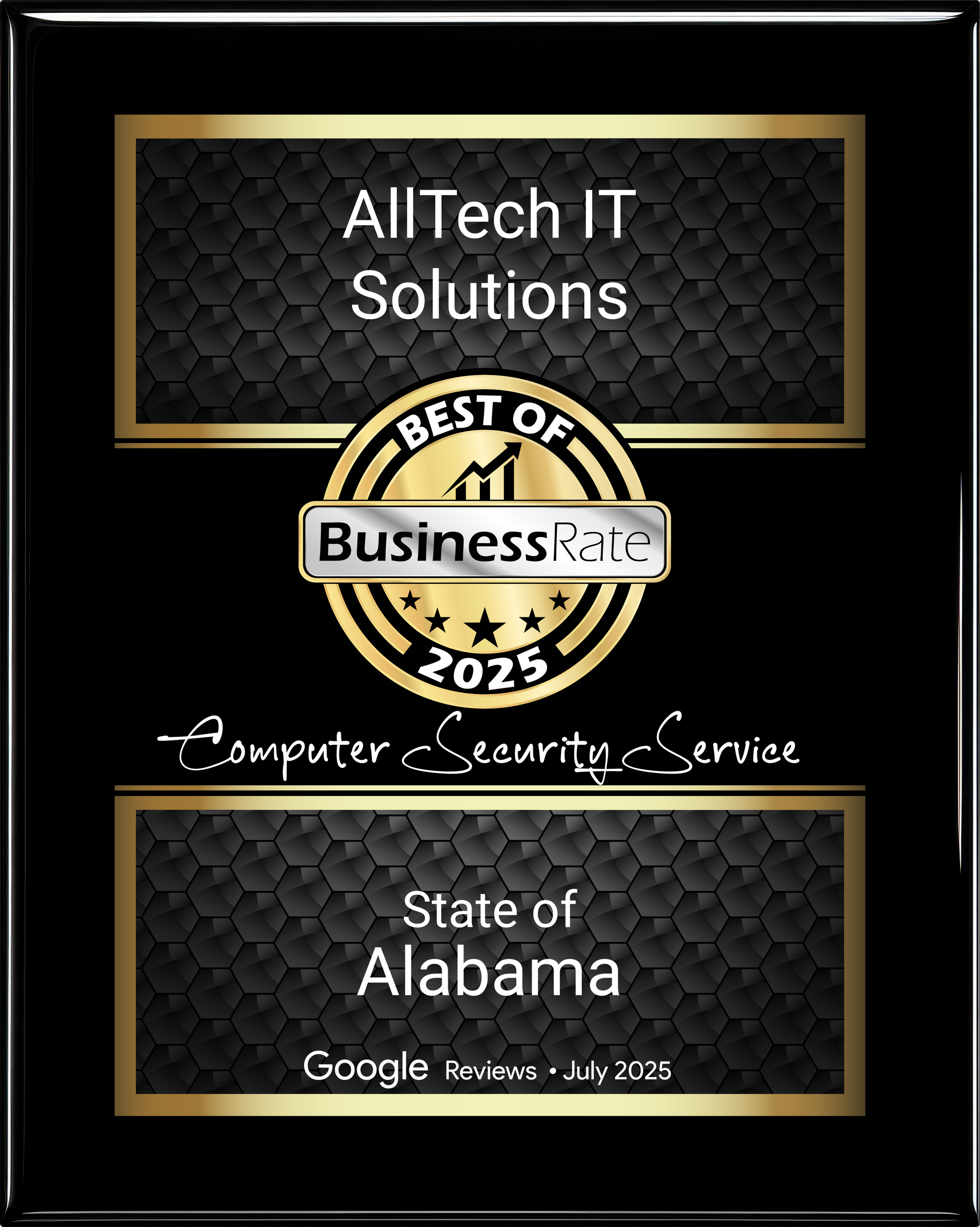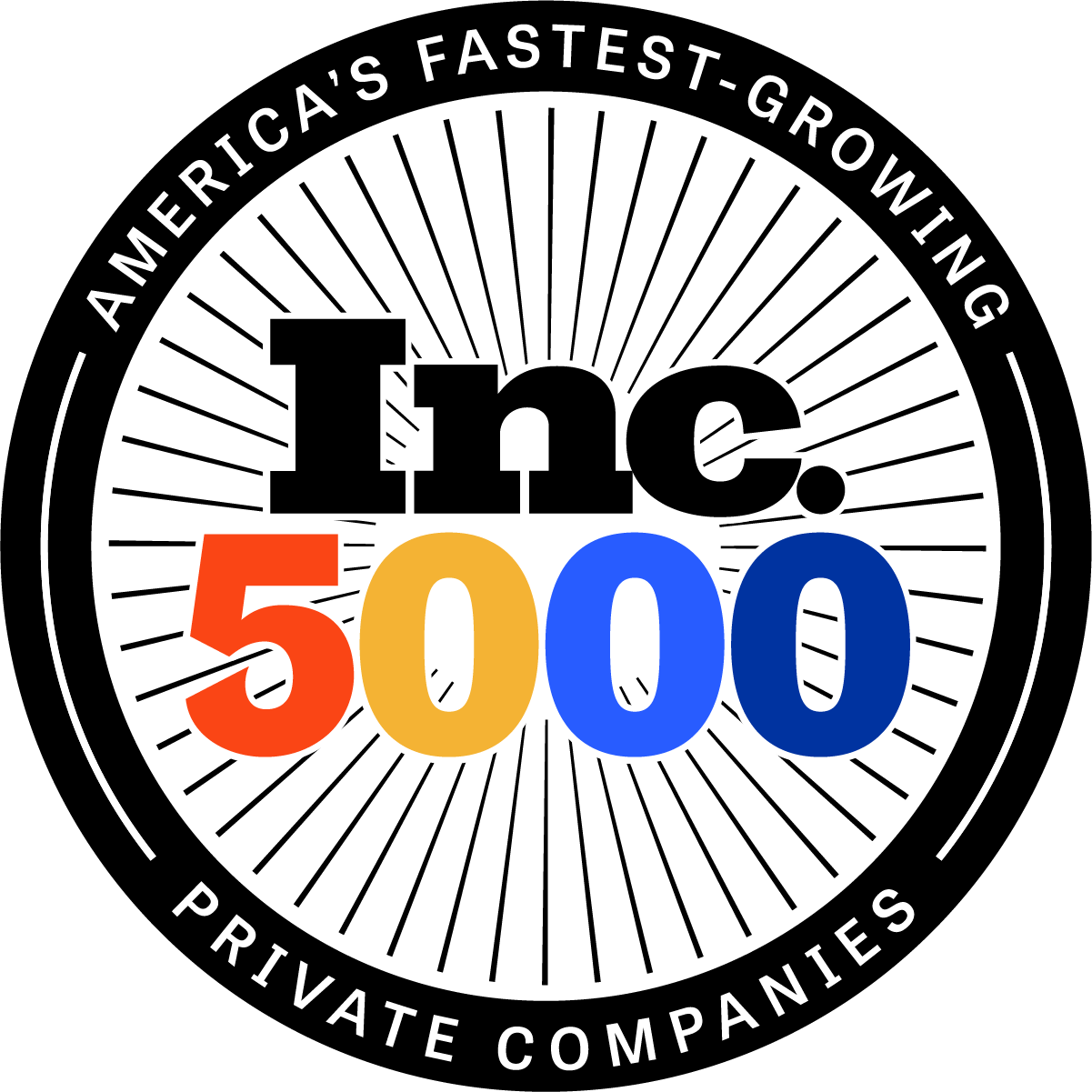Compliance Made Practical. How Managed IT Partners Help Clients Pass Audits, Avoid Fines, and Automate Reporting
How Managed IT Partners Help Clients Pass Audits, Avoid Fines, and Automate Reporting
Executive Summary
Regulatory compliance failures cost organizations an average of $14.82 million annually, according to the Ponemon Institute's 2023 Cost of Compliance study. Yet most businesses still approach compliance as a reactive burden rather than a strategic advantage. The companies that thrive understand a fundamental truth: compliance excellence isn't about checking boxes—it's about building systems that make compliance automatic, auditable, and defensible.
The stakes have never been higher. With regulations like SOX, HIPAA, PCI DSS, and emerging frameworks becoming increasingly complex, organizations can no longer afford manual processes that leave gaps in their security posture. Our clients who have transformed their compliance approach report 89% fewer audit findings and 67% reduction in compliance-related operational costs within the first year of implementation.
The Compliance Crisis: Why Traditional Approaches Fail
Walk into any organization preparing for an audit, and you'll witness the same chaos: teams scrambling to locate documentation, IT staff working nights to generate reports, and executives nervously wondering what gaps the auditors will find. This reactive approach doesn't just waste resources—it exposes organizations to devastating financial and reputational risks.
The numbers tell a stark story. According to Thomson Reuters' 2023 Cost of Compliance report, regulatory penalties increased by 50% over the previous year, with financial services alone facing $31.9 billion in fines globally. Beyond monetary penalties, compliance failures trigger cascading consequences: damaged customer trust, operational disruptions, and executive turnover.
The root cause isn't a lack of commitment to compliance—it's the complexity of modern regulatory landscapes colliding with outdated, manual processes. Consider healthcare organizations managing HIPAA requirements while simultaneously addressing state privacy laws, federal security mandates, and industry-specific regulations. Each framework demands different documentation, reporting frequencies, and evidence collection methods.
Our analysis of failed audits reveals three critical vulnerabilities that manual compliance approaches cannot address:
Evidence Gaps: When auditors request proof of continuous monitoring or access controls, organizations discover their documentation is incomplete, outdated, or stored across disparate systems. The evidence needed to demonstrate compliance simply doesn't exist in an auditable format.
Process Inconsistency: Different teams interpret compliance requirements differently, creating variations in implementation that auditors flag as control weaknesses. Without standardized, automated processes, human interpretation introduces risk at every level.
Temporal Blind Spots: Most compliance frameworks require continuous monitoring, but traditional approaches only capture point-in-time snapshots. Auditors increasingly focus on what happened between formal assessments, exposing organizations that can't demonstrate ongoing compliance.
The Anatomy of Compliance Excellence
Successful compliance transformation requires more than better documentation—it demands a fundamental shift in how organizations approach regulatory requirements. Instead of treating compliance as a periodic exercise, leading organizations build it into their operational DNA through three core principles.
Continuous Evidence Generation represents the foundation of modern compliance strategy. Rather than scrambling to produce evidence when auditors arrive, automated systems continuously capture, catalog, and preserve the documentation that regulations require. Our AllTech Compliance Manager transforms compliance from a documentation nightmare into an automated evidence factory.
When a client's access management system grants or revokes user permissions, the action is automatically logged, categorized by relevant compliance framework, and stored with immutable timestamps. When auditors request proof of access control effectiveness over a 12-month period, our clients produce comprehensive reports in minutes, not weeks.
Real-Time Risk Monitoring eliminates the dangerous gap between compliance assessment and remediation. Traditional approaches discover compliance gaps months after they occur, when violations have already accumulated and remediation costs have multiplied. Automated monitoring identifies deviations immediately, triggering workflows that restore compliance before auditors—or attackers—can exploit the gap.
Consider a financial services client who discovered their backup encryption was failing. Manual processes would have identified this issue during the next quarterly compliance review—three months later. Our automated monitoring detected the encryption failure within hours, automatically initiated backup restoration procedures, and documented the entire remediation process for audit purposes.
Standardized Response Frameworks ensure that compliance requirements are interpreted and implemented consistently across the organization. When regulations require "regular security awareness training," manual processes leave room for interpretation. Some departments might interpret "regular" as annually, others quarterly.
Our compliance automation eliminates this ambiguity by translating regulatory language into specific, measurable actions. The system schedules training based on role-specific requirements, tracks completion rates in real-time, and automatically generates the documentation auditors need to verify compliance effectiveness.
The AllTech Compliance Architecture
We've engineered our compliance approach around a simple principle: make compliance invisible to your team and transparent to auditors. Our integrated platform transforms regulatory requirements from operational burdens into automated processes that strengthen your security posture while reducing administrative overhead.
The AllTech Compliance Manager serves as the central nervous system, orchestrating compliance activities across your entire technology environment. Rather than forcing your team to learn new tools, it integrates with existing systems to capture compliance evidence automatically. When your network security tools block a suspicious connection, when your access management system processes a privilege change, when your backup systems complete data protection tasks—every action that supports compliance is automatically documented and cataloged.
This integration extends to our AllTech Endpoint Pro Suite, which ensures that every device in your environment maintains compliance with your security policies. When auditors request evidence of endpoint protection deployment, system patching compliance, or unauthorized software detection, our platform generates comprehensive reports that demonstrate not just compliance, but continuous improvement.
The AllTech User Protection Suite addresses the human element that many compliance frameworks emphasize. Beyond traditional security awareness training, it provides real-time protection and automatic documentation of security behaviors. When an employee receives a phishing attempt, the system doesn't just block the threat—it captures the event as evidence of your security awareness program effectiveness.
Our AllTech Secure File Share ensures that document management and collaboration activities support rather than undermine compliance efforts. Every document access, sharing event, and modification is logged and preserved according to retention requirements. When auditors request evidence of information handling practices, clients can demonstrate not just policy compliance, but actual behavioral patterns.
Perhaps most importantly, our AllTech Automation & Intelligence Tools continuously analyze compliance data to identify optimization opportunities. The system learns from audit patterns, regulatory updates, and operational changes to recommend proactive improvements. Rather than waiting for auditors to identify gaps, our clients receive actionable intelligence that strengthens their compliance posture before assessments begin.
Tangible Outcomes: From Compliance Burden to Strategic Advantage
Our clients consistently report transformational results that extend far beyond audit success. When compliance becomes automated and continuous, organizations discover that regulatory requirements actually strengthen their operational efficiency rather than constrain it.
Reduced Risk Through Proactive Gap Identification: A healthcare client discovered they could identify and remediate HIPAA compliance gaps 78% faster using automated monitoring compared to manual quarterly assessments. More importantly, they prevented three potential data breach scenarios by detecting configuration deviations before they could be exploited.
Enhanced Productivity Through Process Automation: A financial services organization calculated that automated compliance reporting freed 240 hours of staff time per quarter—time that was redirected to strategic initiatives rather than administrative tasks. Their compliance team transformed from document collectors to risk strategists.
Fortified Compliance Through Continuous Monitoring: Manufacturing clients report that continuous monitoring identifies compliance deviations an average of 67 days sooner than traditional quarterly assessments. This early detection capability prevents minor gaps from becoming major audit findings or regulatory violations.
Business Resilience Through Integrated Documentation: When a retail client faced an unexpected regulatory examination, they produced requested documentation within hours rather than weeks. The examination concluded in two days instead of the typical two weeks, minimizing business disruption and demonstrating organizational maturity to regulators.
The financial impact extends beyond cost avoidance. Our clients leverage their compliance maturity as a competitive differentiator, winning contracts specifically because prospects recognize their superior risk management capabilities. Insurance providers offer premium reductions based on demonstrated compliance excellence. Partners and vendors express greater confidence in relationships with organizations that can prove their regulatory commitment.
Case Study: Healthcare Network Transformation
Regional healthcare network HealthFirst struggled with HIPAA compliance across 12 facilities and 2,300 employees. Manual processes required 18 staff members to spend two weeks preparing for annual audits, and previous assessments identified 23 findings requiring remediation.
After implementing our integrated compliance platform, HealthFirst achieved remarkable transformation. Automated evidence collection reduced audit preparation time by 84%. Real-time monitoring identified and remediated potential violations before they became audit findings. Most significantly, their most recent audit resulted in zero findings—the first time in the organization's history.
The compliance team evolved from document managers to strategic risk advisors, focusing on process improvement rather than administrative tasks. Employee satisfaction increased because compliance requirements became invisible parts of existing workflows rather than additional burdens.
Case Study: Financial Services Compliance Excellence
Community Bank of Excellence faced increasing regulatory scrutiny across multiple frameworks: SOX, GLBA, PCI DSS, and state banking regulations. Compliance costs consumed 12% of operational budget, and audit preparation required temporary staff augmentation every quarter.
Our automated compliance platform transformed their approach completely. Real-time monitoring eliminated the feast-or-famine cycle of quarterly compliance sprints. Standardized reporting reduced audit preparation time from six weeks to three days. Most importantly, they identified and prevented a potential data breach that could have resulted in millions in fines and reputational damage.
The bank now leverages compliance excellence as a marketing advantage, highlighting their proactive risk management in customer communications and partnership discussions. Regulatory examiners frequently commend their documentation quality and process maturity.
Your Strategic Next Step
The organizations that will thrive in an increasingly regulated business environment aren't those that simply meet minimum compliance requirements—they're the ones that transform compliance from a cost center into a strategic capability. The difference between compliance burden and compliance advantage lies not in the regulations themselves, but in the systems and processes organizations build to address them.
The question isn't whether your organization will face increased regulatory scrutiny—it's whether you'll be prepared to demonstrate not just compliance, but excellence. The window for transforming compliance from reactive scrambling to proactive advantage is closing as regulations become more complex and enforcement more sophisticated.
About AllTech IT Solutions
AllTech is a leading provider of integrated IT management and cybersecurity solutions. We partner with businesses to transform their technology from a liability into a strategic asset, delivering robust security, operational efficiency, and a clear path to compliance. Our expert team leverages best-in-class platforms to build proactive and resilient technology environments.
Take the Next Step
Ready to fortify your defenses and turn your security posture into a competitive advantage? See how AllTech's strategic approach can be tailored to your unique business challenges.
Contact our cybersecurity strategists today for a complimentary security consultation.
Email: sales@AllTechSupport.com
Phone: 205-290-0215
Web: AllTechSupport.com
Works Cited
Ponemon Institute. "2023 Cost of Compliance Study." Ponemon Institute, 2023, www.ponemon.org/research/ponemon-library/security/2023-cost-of-compliance-study.
Thomson Reuters. "Cost of Compliance 2023." Thomson Reuters, 2023, www.thomsonreuters.com/en/reports/cost-of-compliance.html.
